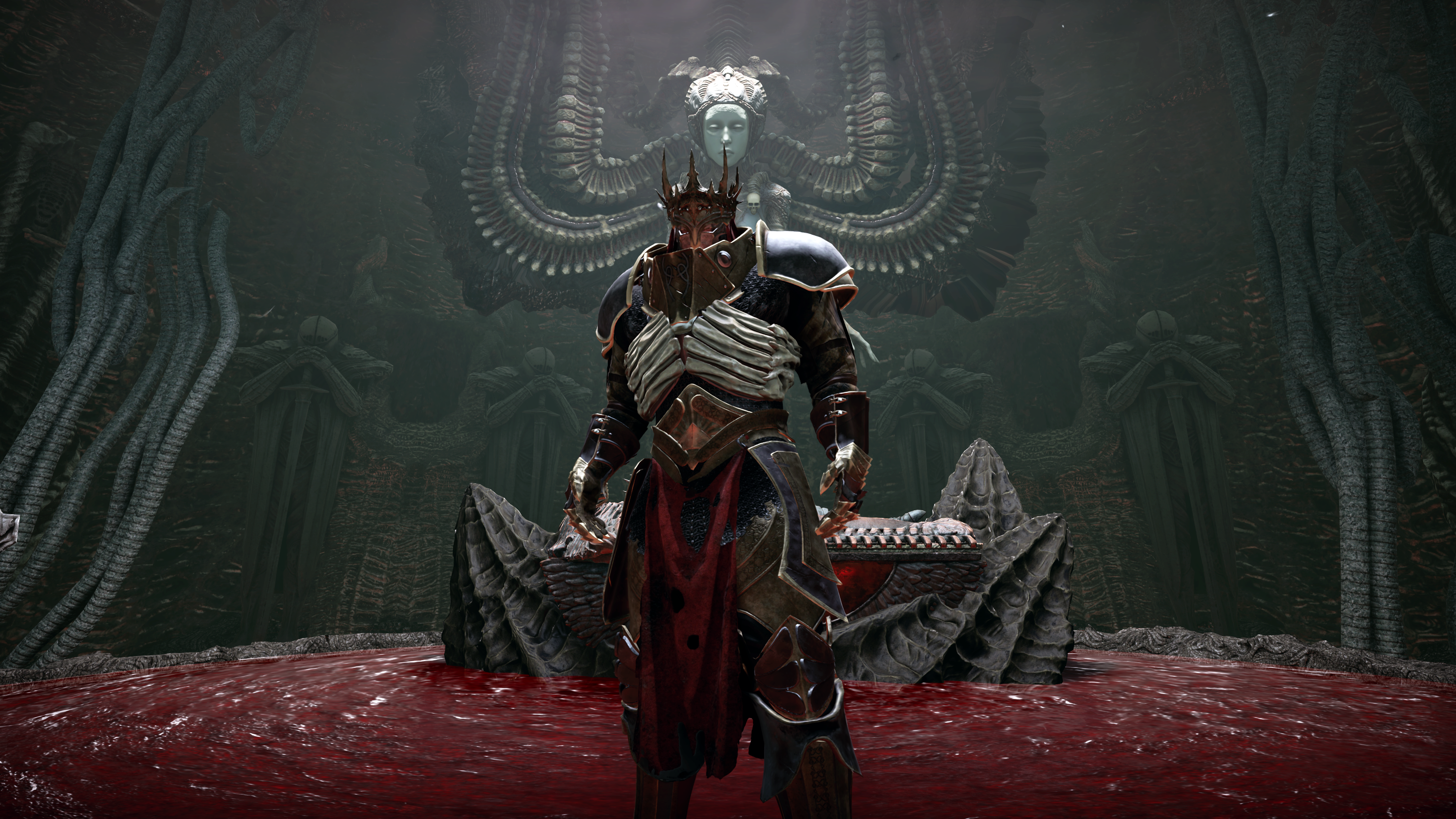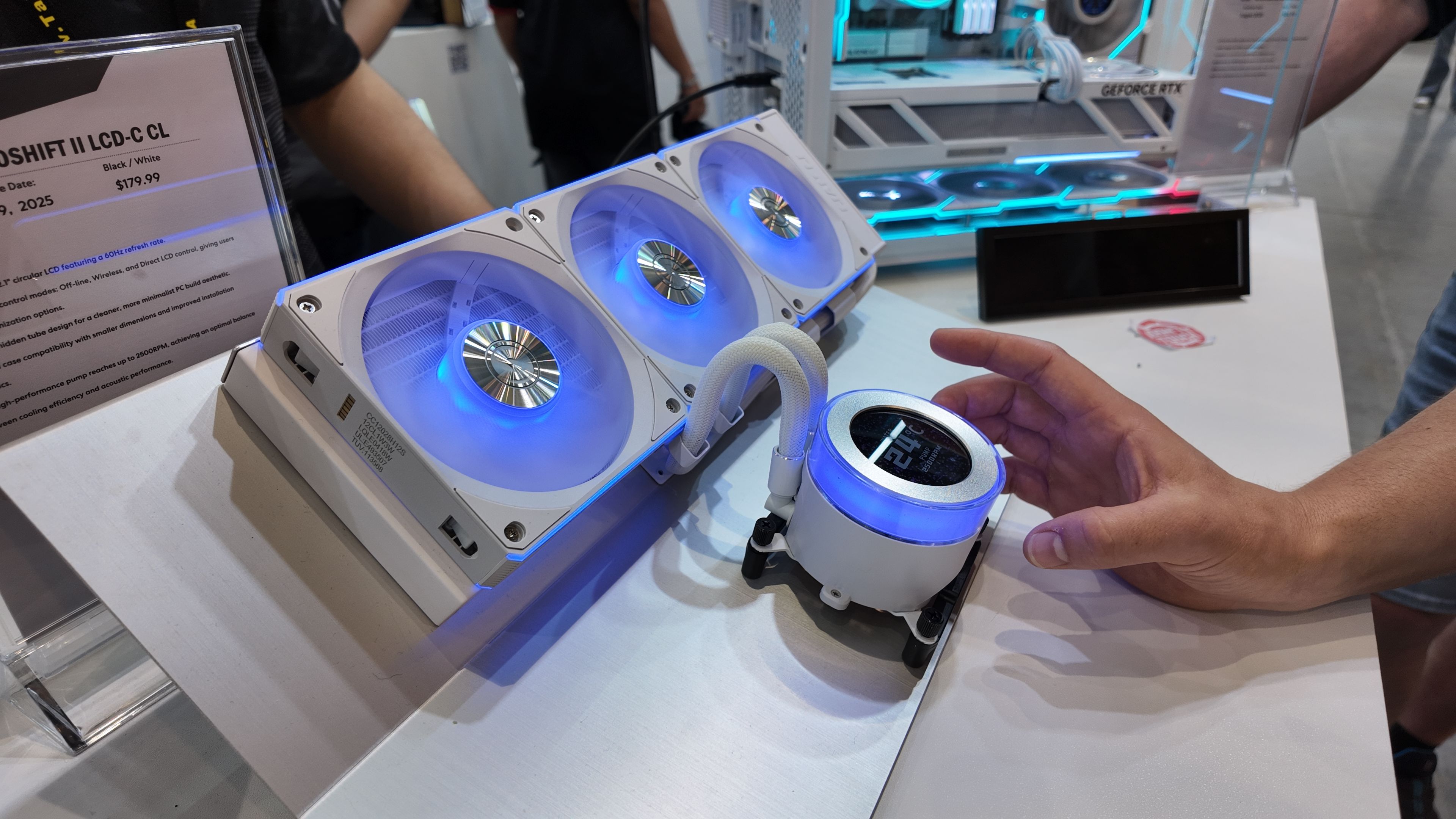
Shame it isn't really 8K.
AMD unveiled some pretty tasty-looking graphics cards yesterday in the form of the Radeon RX 7900 XTX and 7900 XT coming in at $999 and $899 respectively. These cards have plenty of new features up their sleeves including DisplayPort 2.1, the new connection standard that supports higher refresh rates at high resolutions. It also offered up a sneaky peek at Samsung’s first 8K ultrawide monitor, the Odyssey Neo G9.
The only problem with this particular screen is that it isn’t really an 8K panel, due to its ultrawide configuration. For reference, 8K should officially be 7680×4320, which equates to a frankly staggering 33.2M pixels. For comparison, 4K is 3840×2160 for a total of 8.3M pixels. The footnote on the presentation pointed out though, the Samsung screen offers 8K horizontal only.
(Image credit: Samsung)
Given the existing Odyssey Neo G9 has a 32:9 aspect ratio, that would lead to a native resolution of 7680×2160 for a total of 16.6M pixels or roughly half the full resolution of a true 8K display.
It will probably still be an impressive display to sit in front of, and punishing enough for most graphics cards. It’s worth pointing out that this is only the vanguard of a whole slew of 8K displays too, with Acer, Asus, Dell, and LG expected to show off 8K screens at CES 2023. These screens will support the new DisplayPort 2.1 standard too, with all the high-refresh goodness that comes with that.
You’re looking at up to 900Hz at 1440p, 480Hz at 4K, and 165Hz at 8K. Nice. Obviously, AMD hopes that high-refresh gamers will want to grab one of its new RDNA 3 to gain access to these ridiculously high refresh rates, particularly as Nvidia has stuck with DisplayPort 1.4 for its Ada Lovelace GPUs.
Yes, somewhat amazingly given the raw power on offer, Nvidia’s new GeForce RTX 4090 graphics cards are limited to half these refresh rates due to sticking with the previous standard.
AMD’s Radeon RX 7900 XTX and 7900 XT graphics cards will launch on December 13. We can expect to see more 8K monitors announced at CES 2023 at the start of January.




